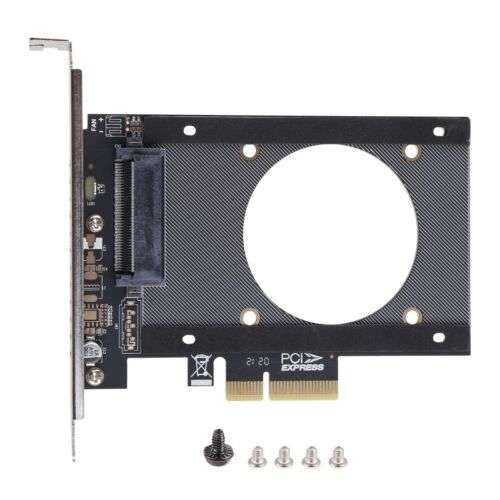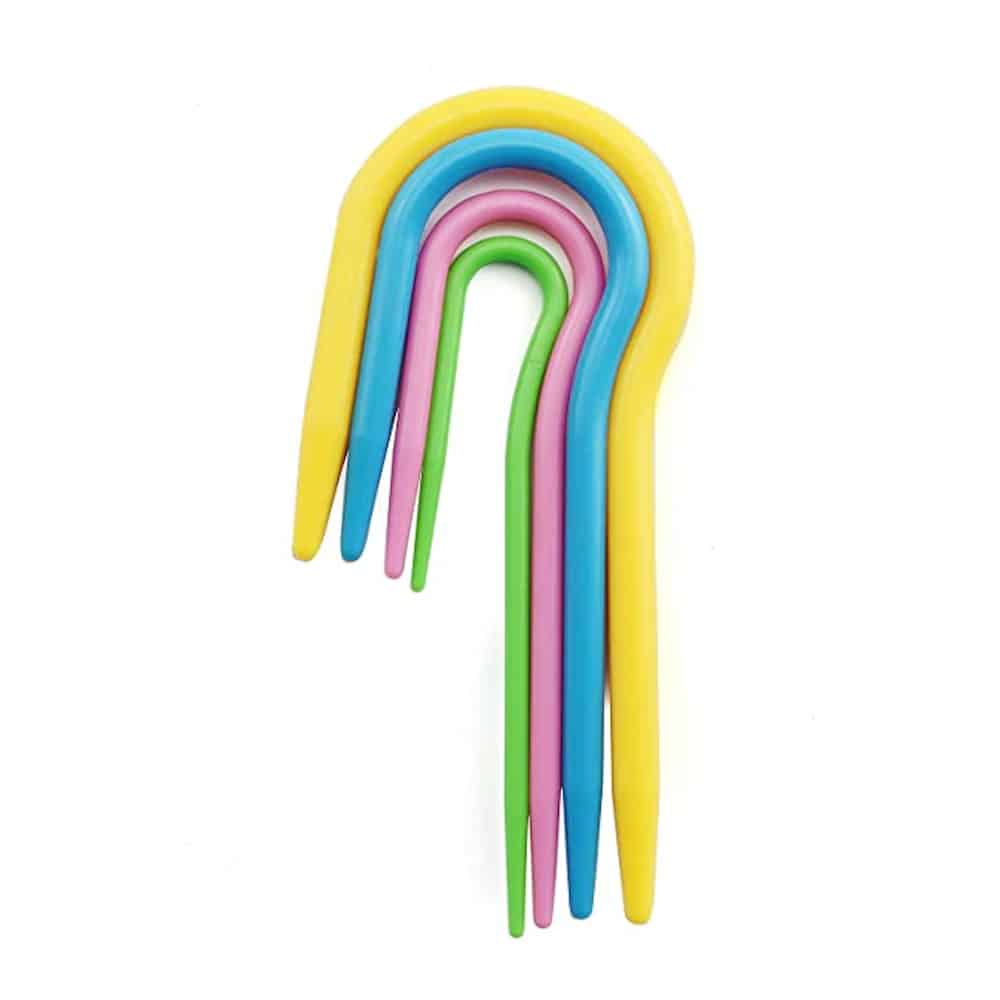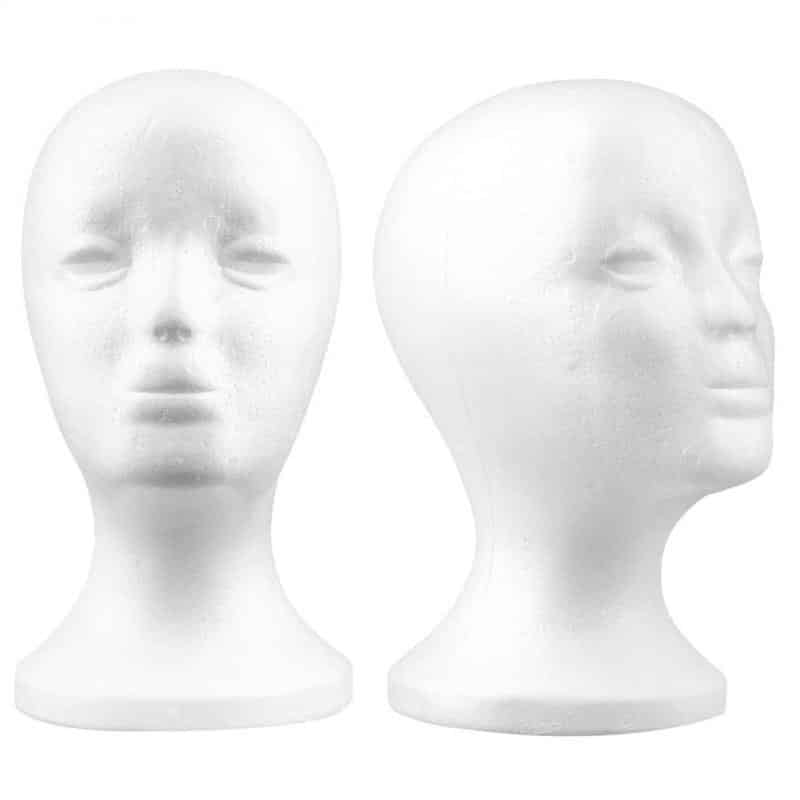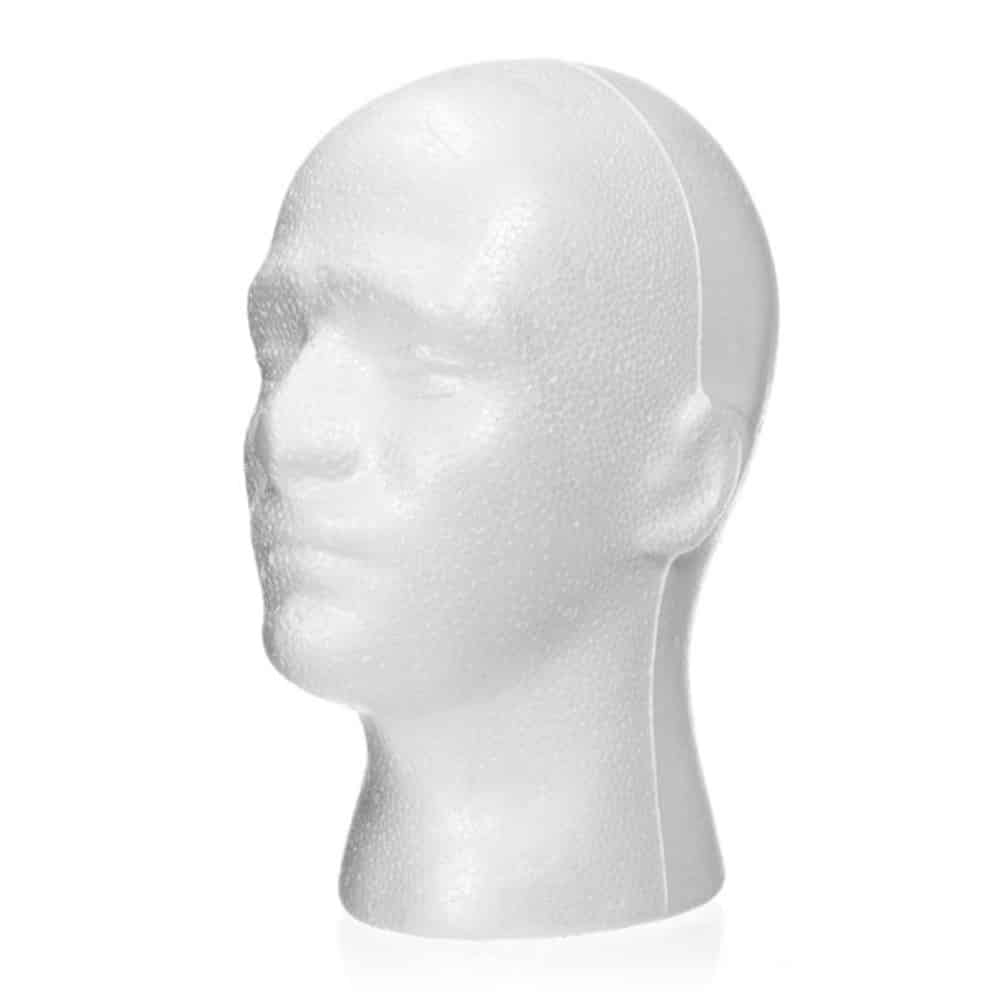




ID: 234224
SKU: 3.75E+11
Category: SSD, HDD and Memory cards
Tags: 30days
U.2 NVMe SSD Expansion Card: Boost Storage Speeds with PCIe X4 Interface and SFF-8639 Connector
About this item:
– The U.2 to PCIe Adapter is designed for connecting a U.2 NVMe SSD to a PCIe slot, providing an easy and cost-effective way to upgrade your system. – Supports NVMe PCIe Gen3 x4 interface, providing high-speed data transfer rates. – Durable construction ensures long-lasting performance. – Compact SFF-8639 connector for easy installation. – Supports a variety of NVMe SSD form factors, including 2.5" and M.2 (with an M.2 to U.2 adapter).
₹6079.5
On preorder
Delivered in 30-60 days
On Pre-Order
Guaranteed Secure
- Guaranteed delivery
- Fast shipping
- PAN India shipping
- 100% Secure payment
- Regular orders dispatch in 48 Hours
- Pre-orders dispatch in 30-45 days
- Returns accepted
- Fast refund process
- 24/7 customer support







